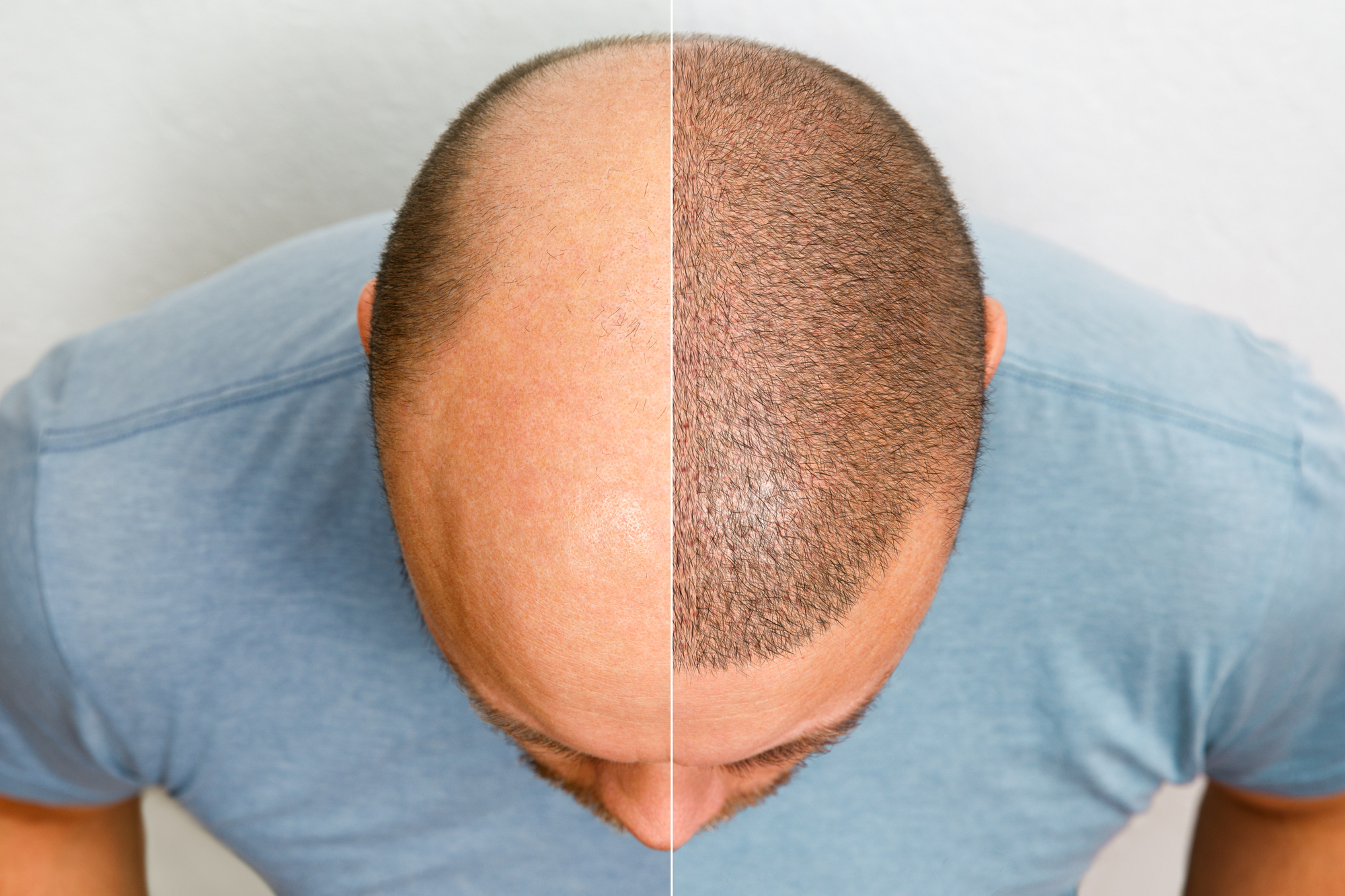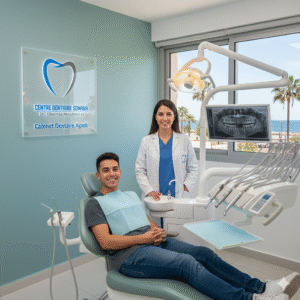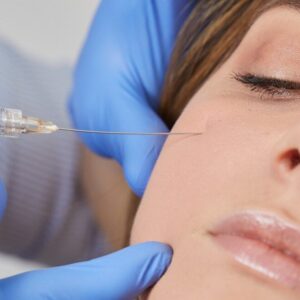Preparing properly before undergoing a hair transplant is essential for achieving successful hair growth and ensuring the procedure progresses smoothly. Understanding the steps involved and following practical preparation tips can make a noticeable difference in the outcome. Hair Transplant Dubai has become a popular solution for individuals seeking to improve hair density and restore a fuller appearance.
Understanding Hair Transplant
A hair transplant involves relocating healthy hair follicles from a donor area to areas with thinning or no hair. This process stimulates natural hair growth in the treated area, creating a fuller and more natural look. Individuals considering this procedure often focus on preparation steps to enhance results and promote healthier hair development.

Initial Consultation and Assessment
Before undergoing a hair transplant, a thorough consultation and assessment are important. During this stage, the condition of the scalp, the quality of existing hair, and the desired outcome are carefully evaluated. Understanding the density of donor hair and the areas requiring restoration helps in planning the procedure efficiently.
Scalp and Hair Preparation
Preparing the scalp and hair is vital for maximizing the success of a hair transplant. Maintaining a clean scalp free from dirt and oils creates a suitable environment for hair follicle implantation. Individuals are often advised to follow a regular hair washing routine and avoid applying any harsh chemicals or styling products in the days leading up to the procedure.
Lifestyle Adjustments
Certain lifestyle adjustments can significantly enhance the success of hair transplants. Maintaining a balanced diet rich in vitamins and minerals supports hair health and growth. Adequate hydration and proper sleep contribute to overall scalp condition and improve the body’s healing process. Avoiding smoking and limiting alcohol consumption are recommended as they can affect blood flow and the efficiency of follicle growth.
Understanding Both Hair Transplant Techniques
Hair transplant can involve different techniques that suit varying hair loss conditions. One technique focuses on extracting individual hair follicles and implanting them precisely into the thinning areas. This method allows natural-looking hair density and coverage. Another approach involves relocating a strip of scalp with healthy hair follicles, which is then divided and implanted into the target areas. Both techniques aim to stimulate robust hair growth and improve overall hair appearance.
Pre-Procedure Care
In the days before a hair transplant, preparing the body and scalp is essential. Individuals are encouraged to avoid medications that can interfere with blood clotting, such as certain anti-inflammatory drugs. Wearing loose and comfortable clothing ensures minimal disturbance to the treated scalp after the procedure. Clear communication regarding existing health conditions or allergies is also important for smooth procedural planning.
Mental Preparation
Preparing mentally is often overlooked but plays a key role in a successful hair transplant. Understanding the timeline for hair growth, recognizing that visible results may take several months, and setting realistic expectations can help manage anxiety. Mental readiness contributes to a positive experience and encourages adherence to recommended care routines.
Common Questions
How Long Does Hair Growth Take After a Transplant?
Hair growth usually begins a few weeks after the procedure, with noticeable improvement over several months. The transplanted hair follicles gradually adapt and start producing new hair, leading to increased density and fullness.
Is There a Difference Between the Techniques?
Both hair transplant techniques are designed to achieve natural-looking results. The choice depends on factors like hair density, scalp condition, and personal preference. Proper preparation and following professional guidance are crucial regardless of the technique chosen.
Can Lifestyle Affect Hair Growth?
Yes, lifestyle habits such as nutrition, sleep, hydration, and avoiding harmful substances significantly influence hair growth. Supporting the scalp and overall health ensures optimal results from the hair transplant.

What Should Be Avoided Before a Hair Transplant?
Individuals should avoid harsh chemicals, intense sun exposure, and medications that affect clotting. Following these precautions helps maintain the integrity of the hair follicles and enhances growth outcomes.
Tips for Maximizing Hair Growth
In addition to preparation steps, maintaining a routine that encourages hair health is beneficial. Gentle scalp care, avoiding excessive heat or mechanical stress, and ensuring adequate nutrient intake support hair follicle activity. Remaining patient and consistent with care routines allows the Hair Transplant in Dubai to achieve its full potential.
Monitoring Progress
Tracking hair growth progress after a transplant can be motivating. Taking regular photographs and observing gradual improvements helps individuals recognize the effectiveness of the procedure. Monitoring also allows timely adjustments in care practices to enhance outcomes further.
Supporting Healthy Hair Follicles
Healthy hair follicles are the foundation for successful hair growth. Ensuring the scalp remains nourished and free from blockages promotes optimal follicle activity. Massaging the scalp lightly can improve blood circulation, supporting the transplanted hair in establishing itself and growing stronger.
Conclusion
Hair transplant preparation is a combination of practical steps, lifestyle adjustments, and mental readiness that collectively contribute to successful hair growth. From understanding the procedure and evaluating scalp conditions to adopting healthy habits and monitoring progress, each stage plays a critical role. Individuals who follow these preparation steps increase the likelihood of achieving fuller, healthier hair and enjoying long-lasting results. Taking proactive measures and remaining committed to the process ensures the hair transplant delivers its intended benefits, providing confidence and satisfaction with the restored hair.





